Garmin-Sharp’s Tyler Farrar hopes to recapture the form of his junior days when he competes in the Jupiter London Nocturne on Saturday (July 7).
Farrar and Garmin-Sharp team-mate Nathan Haas will both tackle the men’s elite criterium race when the Nocturne returns to Smithfield Market on Saturday evening – just six days after they completed the Giro d’Italia.
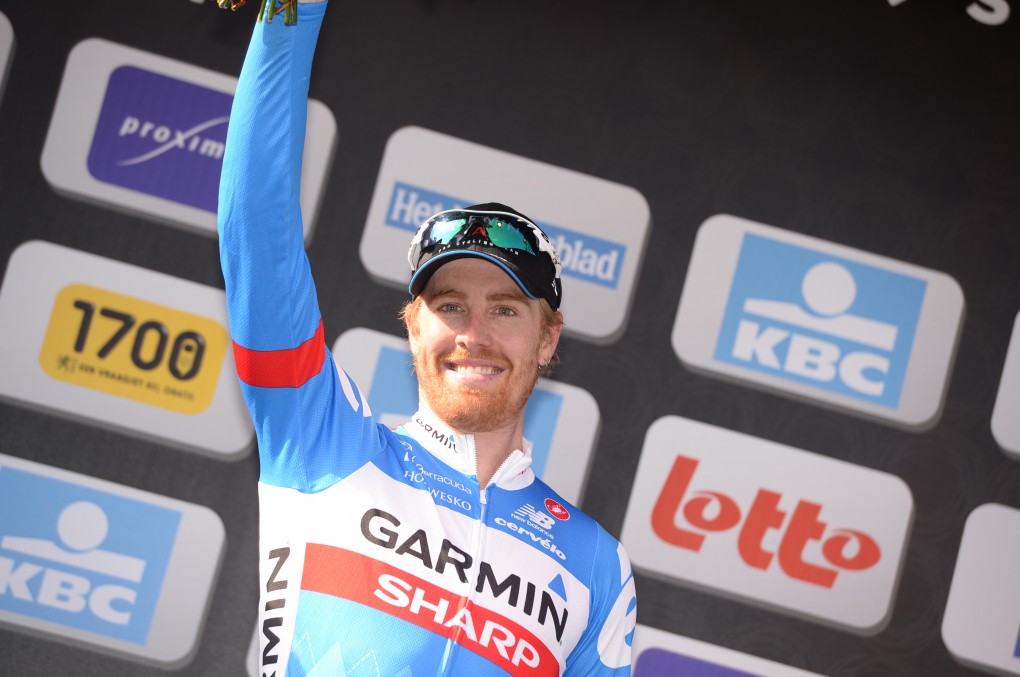
And Farrar, the former American national criterium champion – who has been recovering at home since finishing third on the final stage in Trieste – hopes the race will allow him to get his legs going again.
“I wouldn’t exactly call myself fresh at the moment,” he told RCUK. “But that’s only what you would expect four days after a Grand Tour.
“I’ve been at home, taking it easy and recovering a bit and getting better by the day. I’ve been out on the bike, but just no real efforts. It’s just been to recover as much as possible and get things ready for Saturday.”
Farrar completed the Giro for the first time in his career this year, the 30-year-old recovering from some heavy crashes to do so.
It was a crash-laden race for Garmin-Sharp, who lost Dan Martin and Koldo Fernandez after a huge crash in the stage one team time trial, while Farrar caught the wheel of Roberto Ferrari (Lampre-Merida) in the final bend of stage 10 to cause another big crash.
For Farrar, who has famously suffered his fair share of crashes – not least at the 2011 Tour de France – it is nothing new, but he admitted the race had been a brutal one.
“It’s a hard race,” he said. “I think, really, the Giro is probably the hardest race in the world if you go purely on the toll on your body.
“The weather this year didn’t really make it any easier. We just had a lot of rain and some pretty nasty days up in the mountains but that’s what makes it epic, which is what it’s known for.
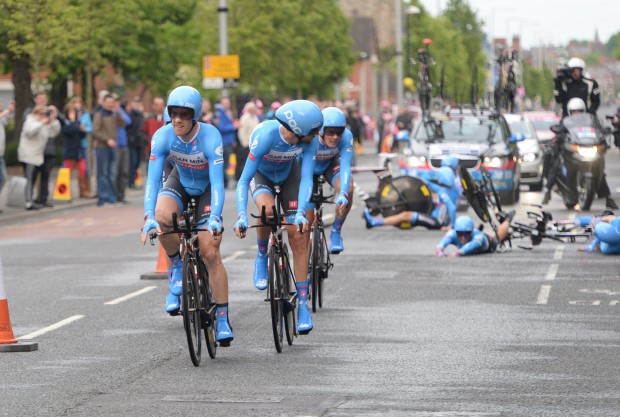
“It was pretty hard. It was a very up and down Giro for my team, with obviously the huge crash we had on stage one in the team time trial and the big blow to our GC push, losing riders already on the first day.
“It was a bit of a mess but we tried to bounce back from it as much as we could and , in the end, we managed to salvage a reasonable Giro out of it. I’m not sure it was necessarily the Giro we’d hoped for as a team going into it, but I think given the circumstances we did OK.”
Farrar, however, believes the frequency of crashes in the modern peloton is down to a fast pace in the bunch and tricky courses, rather than individual errors.
He explained: “It goes in cycles. Historically you go through periods where the sprints are a bit more chaotic and then you’ll enter a period where one team is so strong they can really take control of the race. It tends to make things more orderly.
“But what you have at this moment in time is several teams that are really, really strong and it makes for the situation where, instead of having one team putting everybody in one line and cutting down the fighting for position to a minimum, you have three or four teams that are strong and are almost drag-racing each other.
“In any case, the Giro is famous for really technical finishes and with those two factors crashes are going to happen – it’s just the way it works.”
Nevertheless, Farrar admits it was a disappointing Tour on a personal level – up until the final day – as he was unable to make his sprint count against the likes of Nacer Bouhanni (FDJ.fr) and perennial runner-up Gizocomo Nizzolo (Trek Factory Racing).
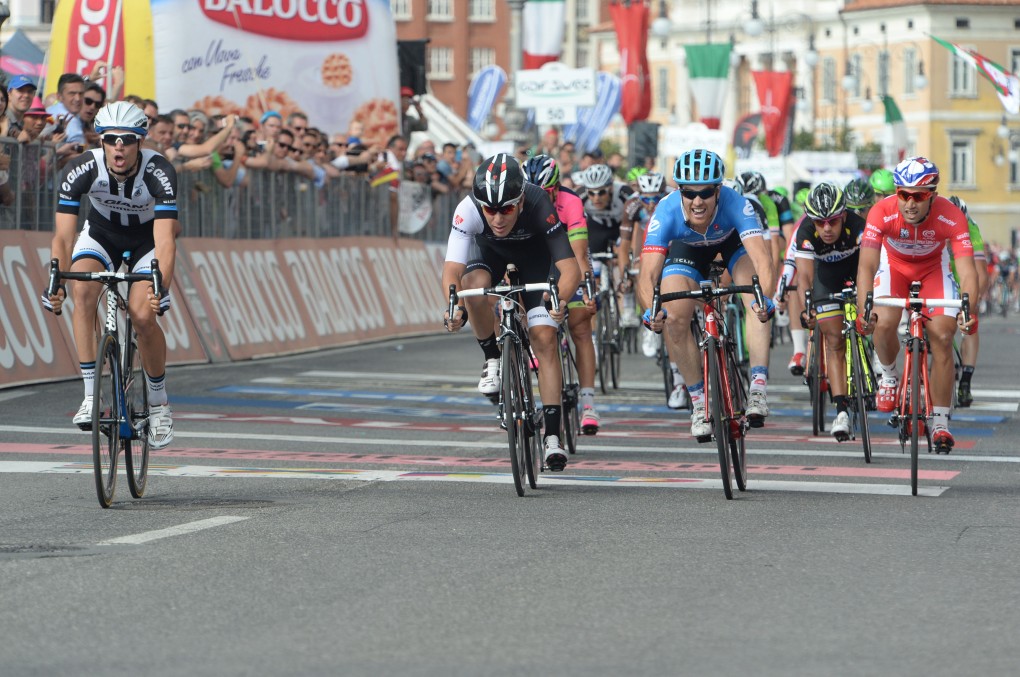
Originally seen as more a Classics man than a sprinter, it was a far cry from the form he showed in the spring, where he enjoyed podium places at Scheldeprijs and Dwaars door Vlaanderen.
Farrar said: “I have to say, I was pretty frustrated with my Giro for the most part. Crashes really impacted the race.
“There were crashes in almost every one of the sprint stages and if I wasn’t in them I was tangled up behind them and it didn’t go very well.
“But getting up there on the last stage, finally getting a clean run in the sprint – it was nice to leave there on somewhat of a high note.
“The Classics were a really big focus for me this year, and I was really pleased with them. I got some good results, some podiums and some nice races and I think from a physical stand-point I was about as good as I’ve ever been. It very well might be the best spring I’ve ever had from a purely physical standpoint.”
Classics were always Farrar’s forte when he first made the breakthrough to senior level – something he hopes will continue to show as he gets older and gains experience.
A lesser-known fact however, is his criterium ability – his 2005 national criterium title the highlight of a junior career spent on the circuit.
Smithfield Market – where the elite men’s race rounds off an evening of criterium racing, which also includes a penny farthing race, Barclays Hire Bike race and a track bike race – will allow him to try and rediscover his former form.
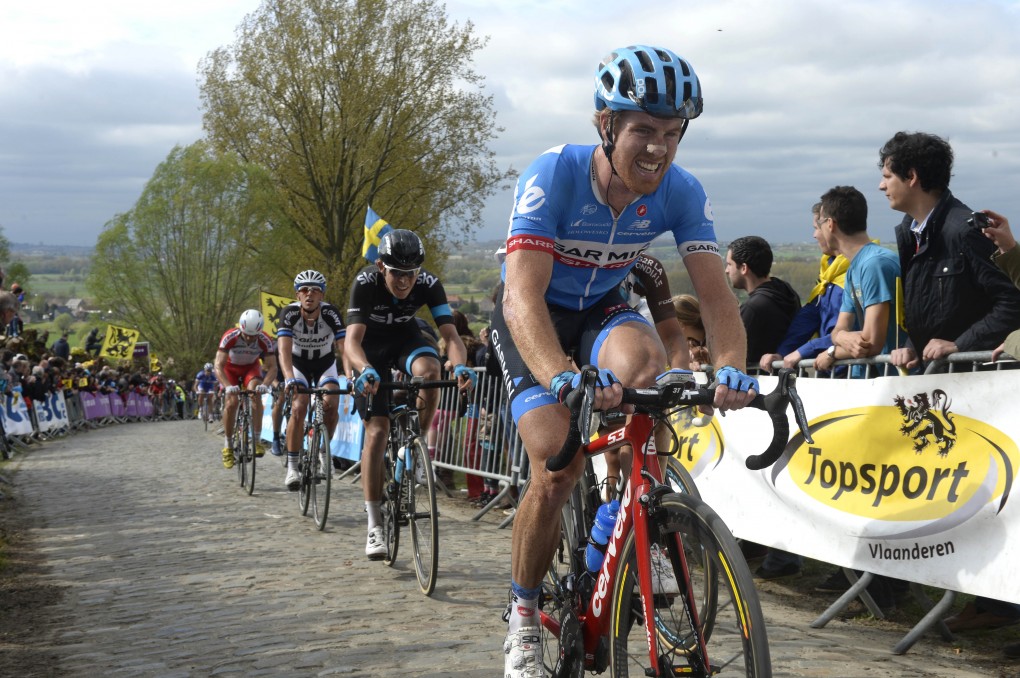
However, Farrar is under no illusions as to the difficult of the circuit – where he will race alongside the likes of Team Sky duo Josh Edmondson and CJ Sutton and in-form Rapha Condor JLT.
He said: “I’ve not really done many crits recently. I’ve done a few over the years, here and there, but I might be a bit rusty on the old crit skills!
“Hopefully it will come back to me fast. I raced crits all through my junior years in the States. It’s the staple of American racing. I raced in my first few years with the senior on the US NRC circuit which is also a whole lot of crit racing.
“I certainly have the experience but, like I said, it’s been several years since I’ve really done it with any regularity.
“It just seemed really fun to do the Nocturne. I have a bit of down time until my next proper, official UCI race – it isn’t for another two weeks or so.
“I like London, it fits into the schedule well so I thought why not have a really fun weekend and get a bit of racing in my legs to wake them back up after the Giro.”
While the American may need to dust off a few cobwebs, however, what he does not lack is experience and he also has advice for anybody tackling one of the amateur events – which kick off at 4pm.
He told RCUK: “I think the biggest thing about criterium racing is positioning. The circuits tend to be so technical that it’s hard to move.
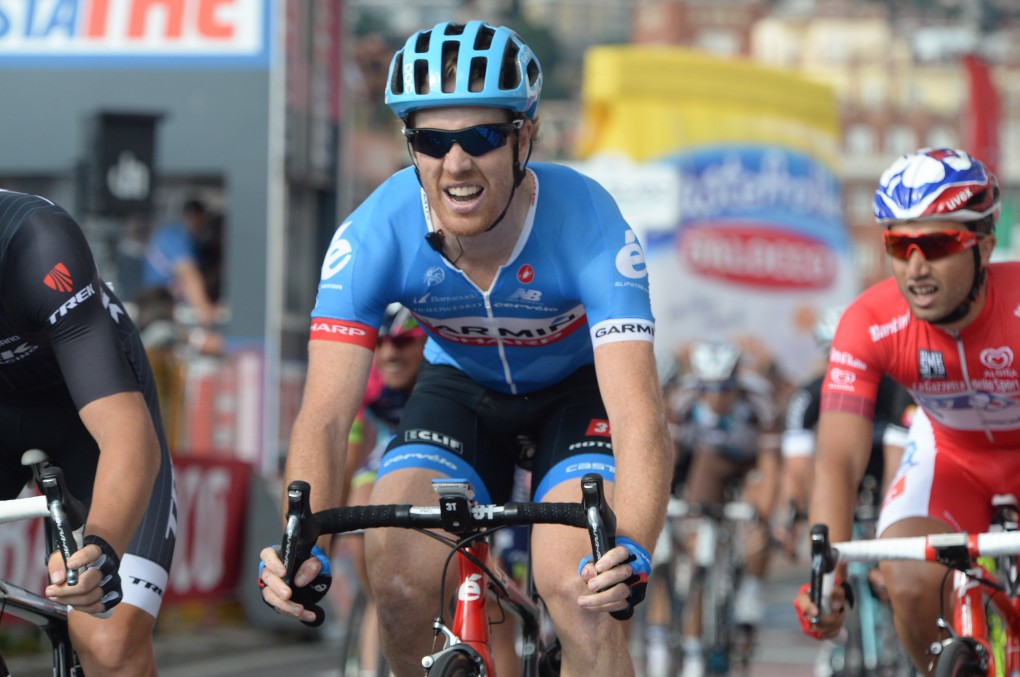
“Once you are at the back, it is hard to get to the front again because there are so many corners that there’s not a lot of place to move up. You need the piloting skills to hold your position around the corners and then just ride fast.
“It’s a pretty unique skill. Obviously, racing a crit flat out for an hour is a different demand on your body than racing a 200km road race.
“It’s about having that real high horsepower for the whole hour, and going flat sticks from start to finish.
“The whole battling for position and cornering aspect to it takes higher precedence than it does in a traditional road race.”
The Jupiter London Nocturne is free to watch, and there will be a host of activities going on alongside the racing, which kicks off with a folding bike race at 4pm.
The Leigh Day Kermesse and elite women’s criterium, where team pursuit world champion Katie Archibald starts as favourite, are also on the cards before the men’s race at 9.30pm.
For more information visit www.londonnocturne.com





